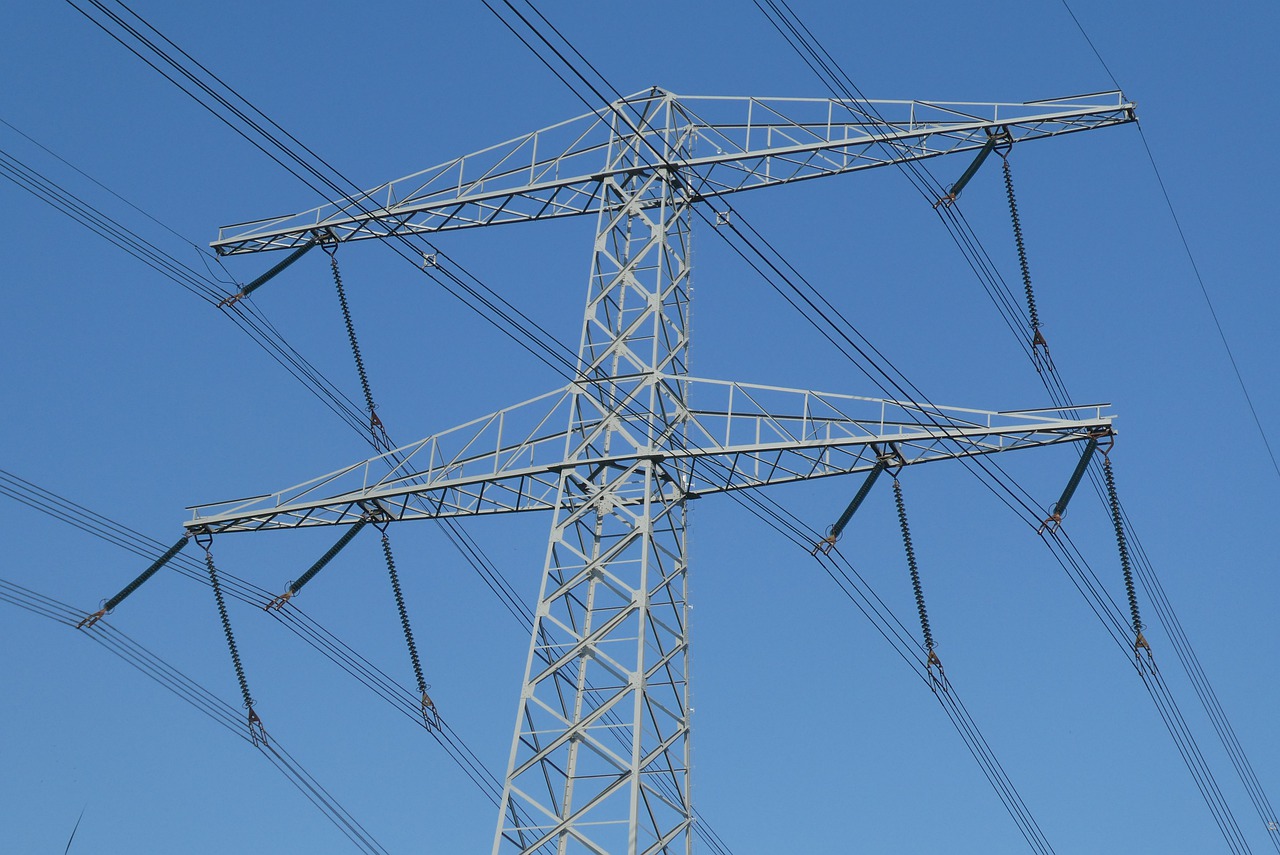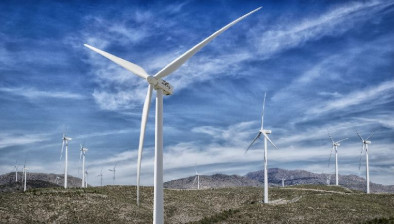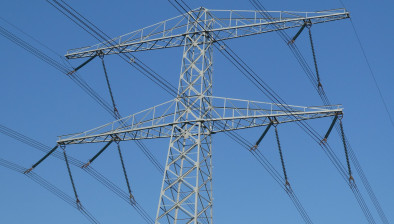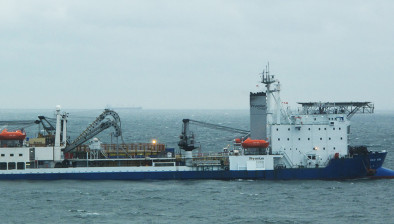Ofgem proposes £25bn energy network investment
Ofgem has unveiled proposals for a five-year investment programme of around £25 billion to transform Britain’s energy networks to deliver emissions-free green energy along with “world-class” service and reliability.

Investment in the networks that transport energy is likely to rise, to ensure they can deliver clean energy and meet government targets for a net zero emissions UK. This investment will also help generate green growth and employment.
Given the scale of green investment likely to be needed in future, Ofgem said it is keeping costs as low as possible for consumers by proposing the lowest ever rate of return on capital for network companies, and pushing companies to be much more efficient in how they run themselves.
Jonathan Brearley, Ofgem’s chief executive, said: “Ofgem is working to deliver a greener, fairer energy system for consumers. This is why we are striking a fair deal for consumers, cutting returns to the network companies to an unprecedented low level while making room for around £25 billion of investment needed to drive a clean, green and resilient recovery.
“Now more than ever, we need to make sure that every pound on consumers’ bills goes further. Less of your money will go towards company shareholders, and more into improving the network to power the economy and to fight climate change.
“Ofgem’s stable and predictable regulatory regime will continue to attract the investment Britain needs to go further and faster on decarbonisation.”
In order to further support the green recovery, Ofgem has also asked network companies to come forward with additional ideas on bringing forward investment plans in the current price control. Under the proposals Ofgem is allocating £25bn upfront expenditure to maintain and operate the UK’s gas distribution, and gas and electricity transmission networks as well as support the growth of green energy.
Ofgem is also proposing to unlock significant additional funding to drive green emissions-free energy and infrastructure upgrades, that companies can access over the next five years as needed. This could see potentially another £10bn or more of net-zero investment supported through the price controls, and more if needed.
Ofgem will scrutinise every investment and only give the green light to measures that deliver decarbonisation at the lowest cost to consumers.
On innovation, a new Strategic Innovation Fund, together with funding to individual companies for network innovations, will provide £630 million to drive research and development into crucial green energy projects, including to help expand the range of possibilities for decarbonising the heat infrastructure, such as hydrogen, with the potential to fund more if needed.
Ofgem said its proposals nearly halve network companies’ allowed rate of return, so that less of consumers’ money goes towards network companies’ profits, and more towards driving network improvements.
This would save £3.3bn over the next five years for gas and transmission sectors alone. In addition, Ofgem is proposing to cut over £8bn from companies’ spending plans by setting them stretching efficiency targets and disallowing costs that companies have simply not justified as delivering value for money for consumers. It is now up to the companies to come back and provide more robust evidence on why this expenditure is needed.
Ofgem’s proposals as they stand would lead to an expected £20 fall in network charges on bills per household a year at the start of RIIO-2. This would help offset the increase in investment and charges expected later in the price control.
Ofgem’s analysis and experience shows that, due to stable earnings and a supportive regulatory environment, the UK’s energy networks are a low-risk and attractive sector for investors. Strong evidence from water regulation and Ofgem’s offshore transmission regime shows that investors will accept lower returns and continue to invest robustly in the sector.























